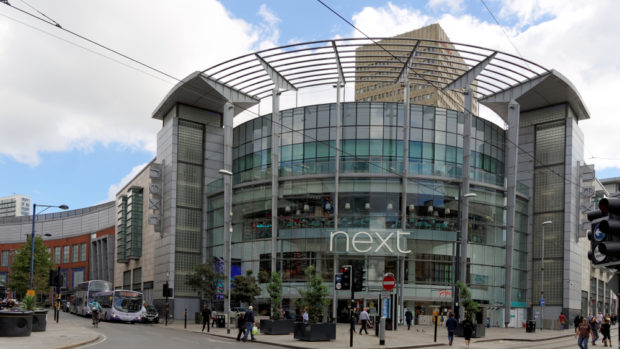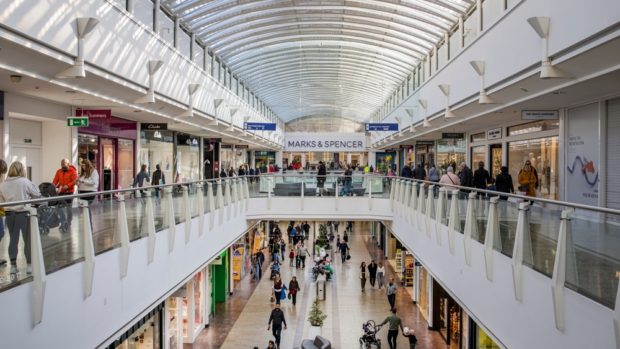Incorporating mobile and other new technologies into the heart of
their marketing strategies could mean the difference between
success and failure for retailers, according to several new
reports.
According to an eDigitalResearch and IMRG survey of 2,000
consumers 41 per cent of smartphone owners will consider making
their Christmas purchases from their mobile, a number which has
risen by almost 20 per cent in just 12 months and which signals
that mobile-optimised sites and apps offer retailers a real
potential to increase sales. Online marketplace eBay, for
example has predicted that a third of all gifts bought on eBay
this Christmas will be purchased via mobile.
The showrooming phenomenon
For bricks and mortar retailers lacking an effective mobile
strategy, smartphone use while in-store could mean lost business,
notes Tradedoubler in its study of 2,000 European consumers. The
“showrooming” phenomenon is where shoppers first
visit stores to look at products, but then turn to their phones
in order to find the best price, completing the purchase
online-usually with a competitor. This behaviour was revealed in
the survey when 42 per cent of those who said they had used their
mobile in a shop admitted they used it to track down a better
deal elsewhere.
“Much has been written about mobile representing a
potential nightmare scenario for high street retailers,”
says Dan Cohen, market unit leader at Tradedoubler, “but
our study shows that the opposite can be true as long as
retailers are prepared to harness the potential of mobile, and
not be afraid of closing a sale through different
channels.”
The report recommends that retailers adopt a seamless approach
across online and offline, reinforced by daily deals, voucher
codes, mobile-optimised websites and tracked affiliate
programmes. The Tradedoubler study found that many shoppers would
welcome such additional functionality when out shopping, with 35
per cent saying they want to use vouchers and 56 per cent welcoming
location-based offers, although currently only 16 per cent of
users receive them.
“Mobile is the glue between offline and online,” says
Alan Gabbay, founder of Udozi, an app that helps people search
for and find items in shops near them. He believes giving
consumers the ability to search for items while on the go makes a
phone the major driving force when it comes to getting them back
into local stores.
For direct retailers with a store presence, click and reserve can
be a great way of driving traffic to stores. A Udozi survey found
that almost a third of UK smartphone users (29 per cent) claimed
that they would use their mobile device more if they could
reserve items to collect in their local shop.
Evidently, it’s not just high street retailers who should take
heed of the mobile challenge. According to eBay’s UK retail
director Angus McCarey, people used to view online and offline
shopping as distinctly different, “but that’s no longer the
case”. Today’s consumers, he says, “don’t see a
channel, but a brand”.
Research carried out by Conlumino on behalf of eBay found that
more than a third of UK retailers have no plans to introduce new
technologies in the next two years. However, most recognise that
by doing so, they will lose market share.
“The world of retail is changing,” says
Tradedoubler’s Cohen. “Apps and smartphones are leading the
way, driving consumer behaviour that demands an always on,
multitouch, multichannel response from retailers. Retailers who
fail to embrace this will quickly be left behind.”








Share